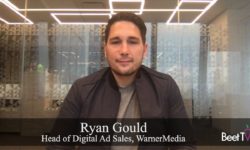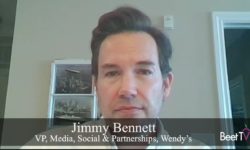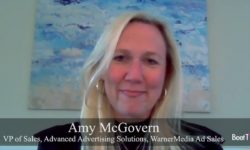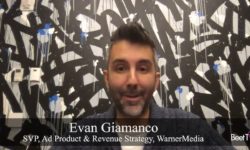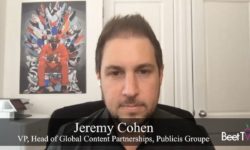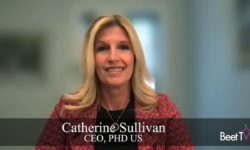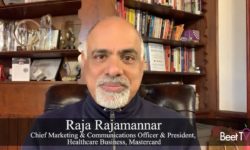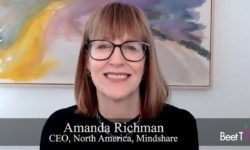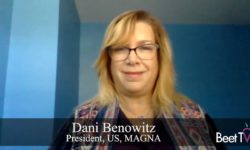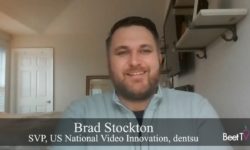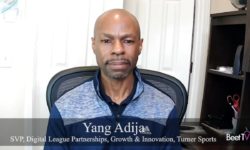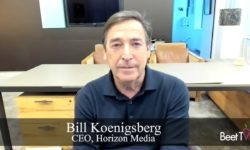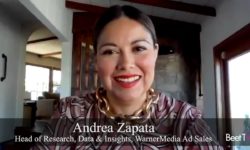Brands face greater challenges in reaching consumers who are either constantly bombarded with advertising or who spend more time with ad-free streaming services like Netflix and Disney+. Amid the efforts to gain the limited attention of viewers, brand storytelling has significant value.
“We have to earn the respect and the intention and the engagement and ultimately the action on behalf of the customers and the audiences that we serve,” John Osborn, chief executive of OMD USA, said in this interview with Beet.TV.
Audience attention has become a key performance indicator (KPI) rather than reaching the biggest audience at the lowest cost per thousand (CPM) viewers. The most attentive CPMs are more valuable than the cheapest CPMs, Osborn said.
To gain the attention of audiences, advertising has to appear among compelling programming. Osborn cited the example of Ernest Hemingway, who when challenged to write a six-word story came up with, “For Sale. Baby Shoes. Never Worn.”
“There’s a lot of heart and soul behind that transactional message,” Osborn said, adding that empathy is a key part of effective advertising.
In developing marketing strategies and campaigns for clients, his agency uses a process it calls OMD Design. The planning includes a wide range of considerations.
“It’s not just the content of the story. It’s the context in which the story is told,” Osborn said. “A lot of that comes down to how our planning process works, having what we call a ‘human-centered planning process.’”
Audience-First Understanding
The process is rooted in consumer insights that help to determine when and where they’re most receptive to a brand’s message. Working in lock-step with publishers and content platforms is crucial to gaining the attention of consumers.
“The old world of iteration where we go down some rabbit hole, we come up with some message and then we try and back into the media – that’s been all reverse-engineered,” Osborn said. “It really starts with an audience-first understanding of what the planning process needs to be.”
Marketing Formula of 1+1=5
Audience engagement has evolved beyond commercial breaks to include interactive platforms, such as mobile apps. Osborn cited OMD’s work for Pepsi during last year’s Super Bowl. The soft-drink brand invited people to engage with augmented reality (AR) content in the photo-messaging app Snapcaht, which is popular with younger consumers.
“It’s no longer a 30-second TV ad that has to carry the thrust and the full impact of the communications plans that we put forth on behalf of our clients,” Osborn said. “We’re finding an awful lot of value-add by partnering with the platforms, but also with some of our clients to see if we can take one and one, and turn it into five.”
You’re watching “Engaging Stories, Impactful Innovation,” a Beet.TV Leadership Video Series, presented by WarnerMedia. To view more videos from this series, please visit this page.






